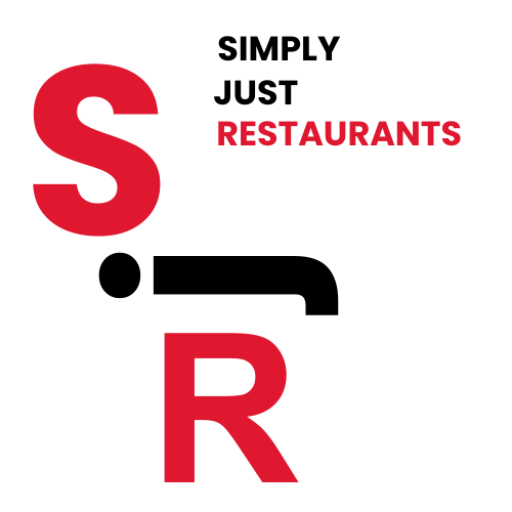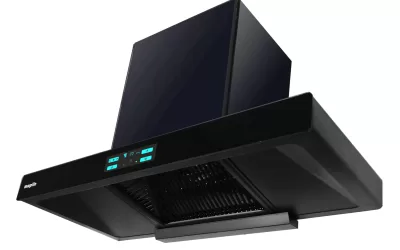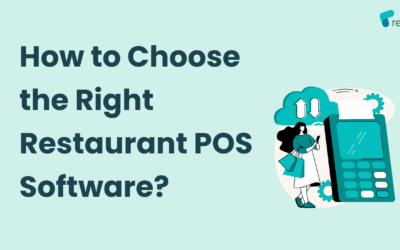- Introduction to Food Display Counter
- Understanding Your Food Display Needs
- Types of Food Display Counter
- Selecting the Right Food Display Counter
- How to do Installation and Setup
- Arranging Food Items
- Daily Operations and Maintenance
- Safety and Compliance
- Troubleshooting Common Issues
- Upgrading and Replacing Food Display Counter
- Conclusion
Introduction to Food Display Counter
A food display counter is a critical component for any food service business, whether it’s a bakery, café, deli, or restaurant.
It not only showcases your products attractively but also ensures they are kept at the right temperature for safety and quality. This guide will help you select, install, and maintain a food display counter effectively.
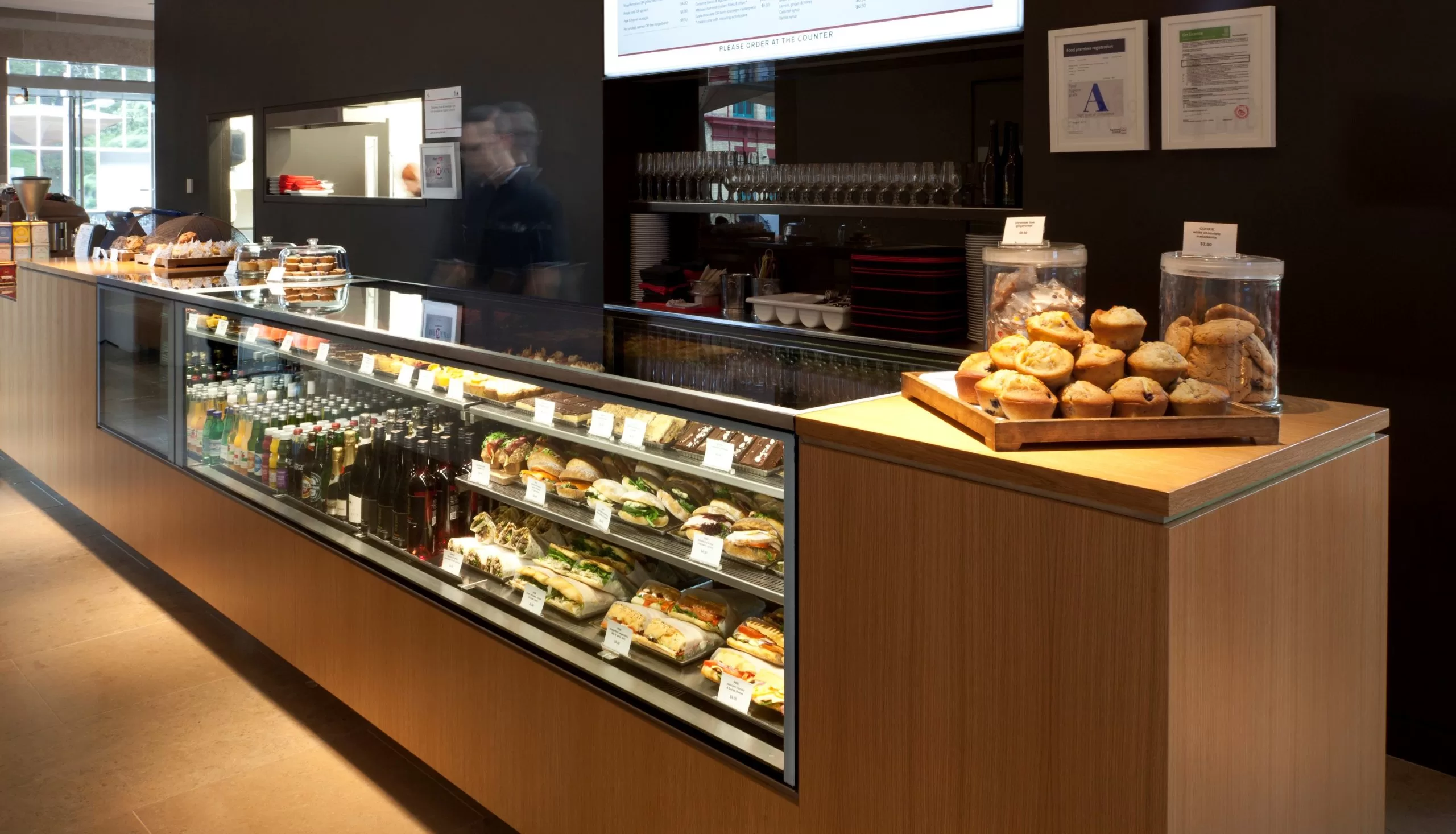
Understanding Your Food Display Needs
Before choosing a food display counter, assess your specific needs:
- Type of Food: Determine whether you need to display refrigerated, heated, or ambient temperature foods.
- Volume: Estimate the amount of food that will be displayed at any given time.
- Space: Consider the layout and size of your display area.
- Budget: Plan your budget for both the purchase and maintenance of the counter.
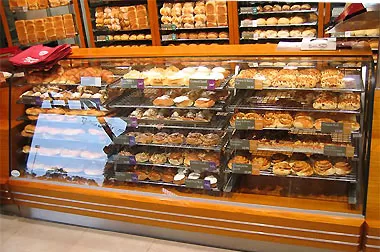
Types of Food Display Counter
Refrigerated Display Counters
- Use: Ideal for displaying perishable items like salads, desserts, sandwiches, and dairy products.
- Features: Typically include adjustable shelves, glass doors, and temperature controls.
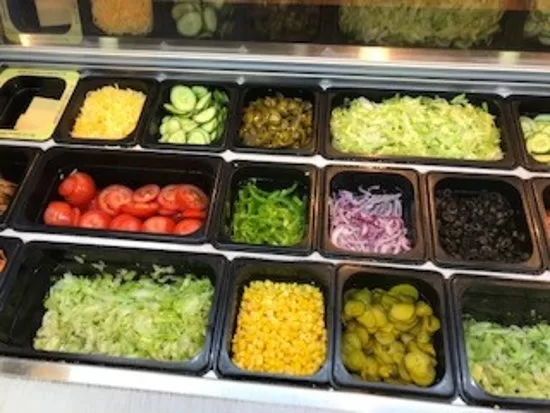
Heated Display Counters
- Use: Suitable for keeping hot foods like pastries, pies, and ready-to-eat meals warm.
- Features: Often include heat lamps, warming trays, and temperature settings.
Ambient Display Counters
- Use: Best for non-perishable items like bread, packaged snacks, and dry goods.
- Features: Usually have open or closed shelving without temperature controls.
Selecting the Right Food Display Counter
Assessing Your Needs
- Type of Food: Match the counter type to the food items you need to display.
- Space Requirements: Measure the available space to ensure the counter will fit appropriately.
- Volume: Choose a counter that can accommodate your daily volume of food items.
Key Features to Consider
- Temperature Control: Ensure precise and consistent temperature control.
- Lighting: Look for counters with good lighting to enhance the visual appeal of the food.
- Ease of Cleaning: Select counters with removable shelves and accessible components for easy cleaning.
- Durability: Opt for counters made of high-quality materials to withstand daily use.
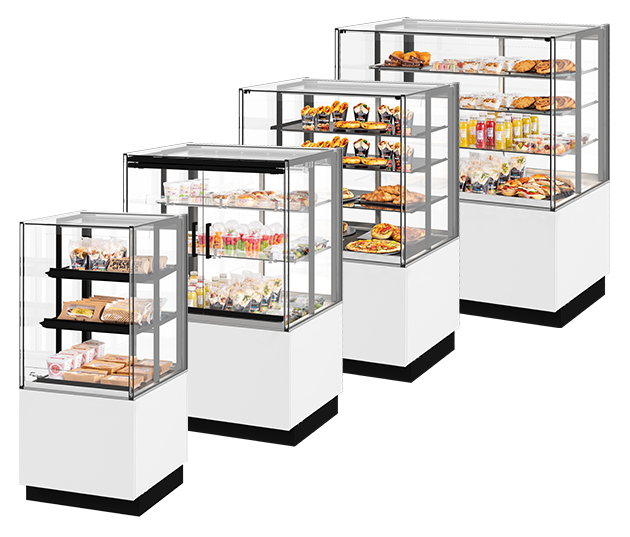
How to do Installation and Setup
Professional Installation
- Hire Experts: Ensure the counter is installed by certified technicians to meet safety and warranty requirements.
- Follow Manufacturer’s Instructions: Adhere to the installation guidelines provided by the manufacturer.
Optimal Placement
- Customer Accessibility: Place the counter where customers can easily view and access the food items.
- Workflow Efficiency: Ensure the counter placement does not obstruct the workflow of staff.
Initial Setup
- Run Initial Tests: Test all functionalities including temperature controls and lighting.
- Adjust Shelving: Arrange the shelves to accommodate your food items optimally.
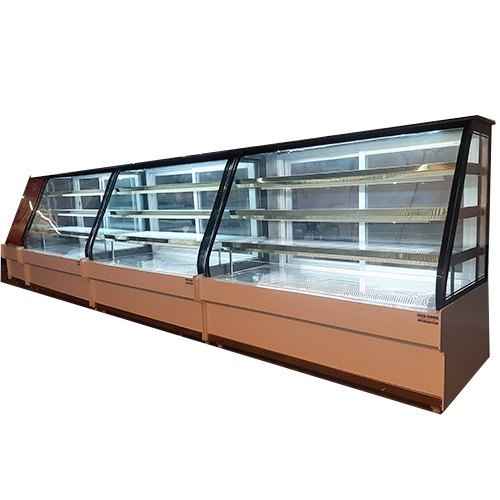
Arranging Food Items
Visual Appeal
- Layering: Arrange food items in layers to create a visually appealing display.
- Color Coordination: Use colors to enhance the attractiveness of the display.
- Signage: Clearly label food items with prices and descriptions.
Food Safety
- Temperature Zones: Ensure cold and hot foods are kept in their respective temperature zones.
- Cross-Contamination Prevention: Keep raw and cooked foods separate.
Accessibility
- Easy Reach: Place popular items at eye level for easy customer access.
- Refill Regularly: Keep the display well-stocked and remove any items that are no longer fresh.
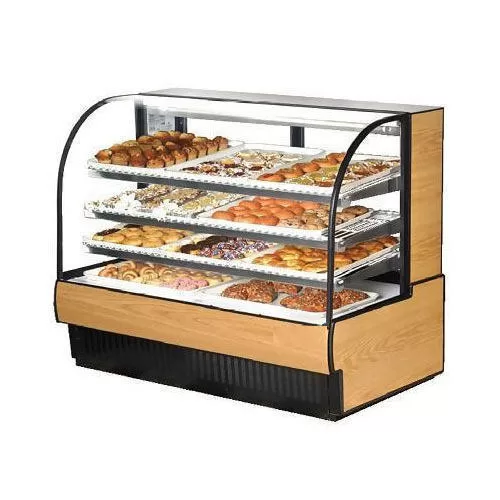
Daily Operations and Maintenance
Cleaning and Sanitizing
- Daily Cleaning: Clean the food display counter daily to maintain hygiene.
- Deep Cleaning: Schedule regular deep cleaning to ensure all parts are sanitized.
Temperature Monitoring
- Regular Checks: Monitor temperatures regularly to ensure food safety.
- Log Records: Keep a log of temperature readings for compliance and troubleshooting.
Stock Rotation
- First In, First Out (FIFO): Use the FIFO method to ensure older stock is sold first.
- Regular Inspection: Check for expired or spoiled items and remove them immediately.
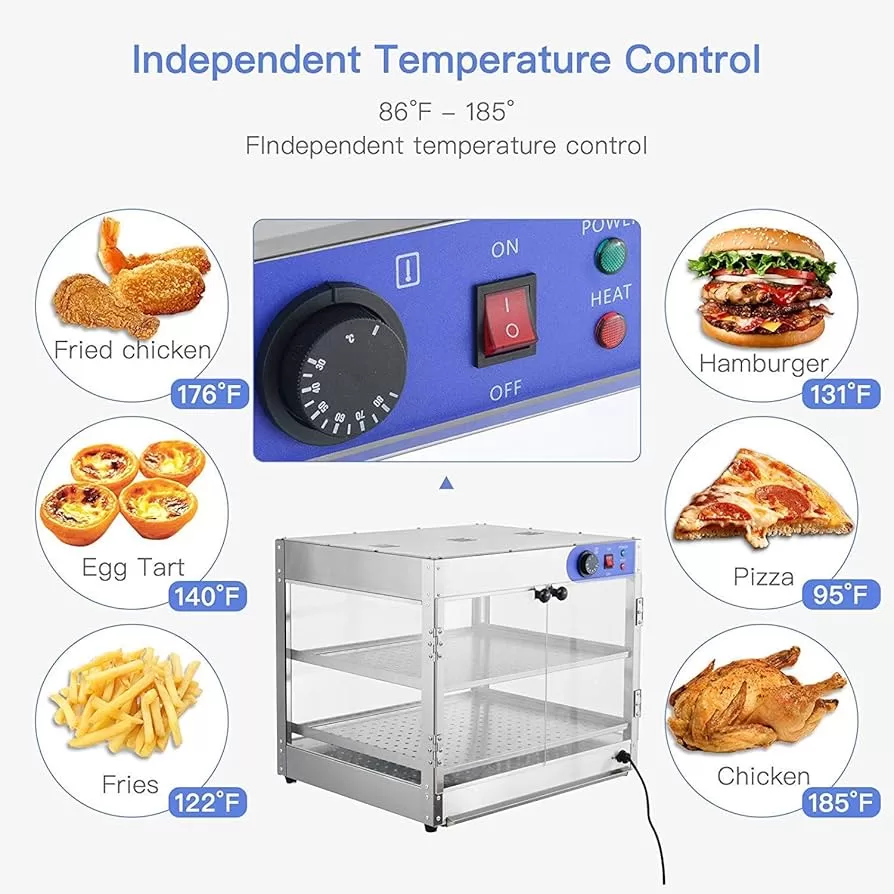
Safety and Compliance
Food Safety Standards
- Local Regulations: Adhere to local health department regulations for food display counter and storage.
- Employee Training: Train employees on proper handling and display techniques.
Electrical and Mechanical Safety
- Regular Inspections: Inspect electrical components and wiring regularly.
- Preventive Maintenance: Schedule preventive maintenance to avoid unexpected breakdowns.
Troubleshooting Common Issues
Temperature Fluctuations
- Check Thermostats: Ensure thermostats are working correctly and set to the right temperature.
- Inspect Seals: Check door seals for any gaps or damage that might cause temperature loss.
Condensation and Humidity
- Defrost Regularly: Defrost refrigerated counters regularly to prevent condensation buildup.
- Maintain Humidity Levels: Use dehumidifiers if necessary to control humidity.
Equipment Malfunctions
- Identify the Problem: Use troubleshooting guides to identify common issues.
- Contact Support: Reach out to the manufacturer’s support team for assistance if needed.
Upgrading and Replacing Food Display Counter
Assess Needs
- Evaluate Performance: Regularly assess the performance and condition of your food display counter.
- Plan Upgrades: Schedule upgrades or replacements during off-peak times to minimize disruption.
Budgeting
- Allocate Funds: Set aside funds for potential upgrades and replacements.
- Seek Financing: Explore financing options if necessary.
Disposal of Old Equipment
- Eco-Friendly Disposal: Dispose of old equipment in an environmentally friendly manner.
- Donate or Sell: Consider donating or selling equipment that is still functional.
Conclusion
A well-maintained food display counter can significantly enhance the appeal of your food items and improve sales. By understanding your needs, selecting the right equipment, ensuring proper installation, and adhering to maintenance and safety protocols, you can create an attractive and efficient food display.
Regular monitoring and timely upgrades will ensure your food display counter continues to meet the high standards expected in the food service industry.
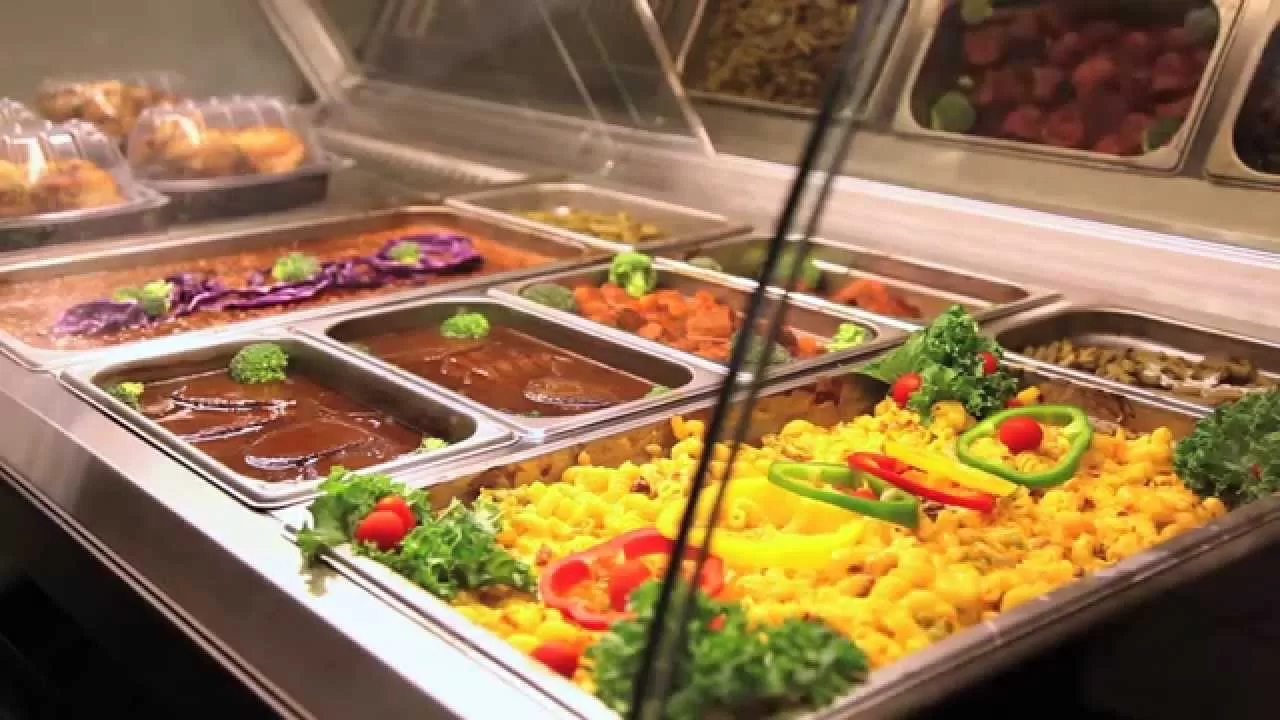
About Author nikita kapali
You May Also Like…
2024 Buyer’s Guide: How to Choose the Best Auto Clean Chimney for Your Kitchen
IntroductionA chimney is essential for a clean and safe kitchen. Kitchen chimneys are essential for aesthetics and...
How to Choose the Right POS Software for Your Restaurant in India
Introduction Profits are what make it all worthwhile. Running a successful restaurant requires an efficient...

